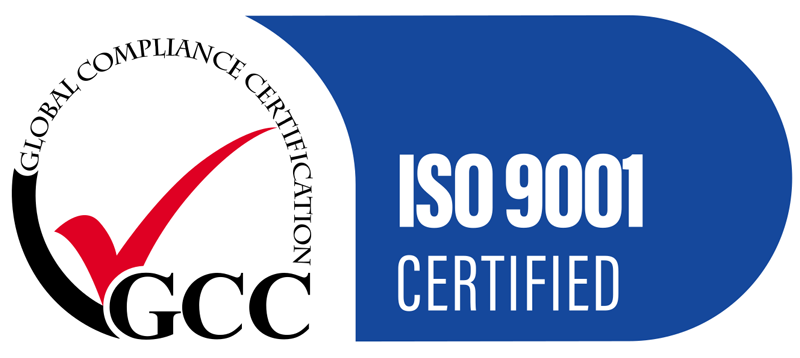In most design operations, bevelling is usually an afterthought. Bevelling is in fact a crucial step in the design process and by leaving it as an afterthought; you may be costing yourself both time and quality. The best bevelling practices are efficient, flexible and non-hazardous.
What is bevelling?
Simply put, a bevel is the angle that results from two meeting surfaces. A bevel cannot be at a 90° angle, but all other angles are acceptable as bevels. A bevelled edge refers to the edge of a surface which is not perpendicular to the other faces of the piece. Bevelling is usually used to soften the edges of a structure for safety, durability, aesthetics, or ease of connection with another piece. In design and construction, bevelling is a term used to refer to an angled cut. In woodworking and metalwork, structures are bevelled to ensure they have soft edges and there are easy transitions between surfaces. In architecture and design, bevel rules are tools that are used to measure and draw angles.
Some common bevel types that are used in every day manufacturing are named after the letters they resemble when the edge is bevelled. For example, a “V” cut makes the slanted edged resemble half of the letter V. A similar process is used for “A” and “Y” cuts. A more complicated effect is achieved with double bevels, where the equipment bevels the steel in two places, such as the “X” or “K” cuts.
How to ensure effective bevelling practices
Before setting out on a project that requires bevelling, make sure you choose the right tool for the job. Before selecting a bevel cutting tool, there are four main considerations. Firstly, check if the bevelling tool is free of noxious emissions and won’t release any toxic or dangerous fumes. Secondly, see if you can find a tool that can produce clean, oxide free cutting edges. Next, check the machine’s overall speed; you want to select a machine that is time efficient, without sacrificing quality. Finally, check whether or not the machine is easy to adjust. It is common to need to make periodic adjustments in bevelling practices, so ensure that the machine you choose is flexible.
The most efficient bevelling tools are machines that have no apparent heat influence, no micro-structural changes in the metal and no dangerous fume, dust, vapour or gas emissions. If you want to ensure quality bevelling cutting and processes, contact ShapeCUT today on 1800 ShapeCUT (1800 742 732).
At ShapeCUT we can offer cutting edge plasma bevel heads and oxy bevel heads, on a variety of steel plate thicknesses and via single or double bevels for your next steel cutting in Brisbane project.
Contact Us To Find Out More
We ensure a fast, exact and economical steel solution for our clients. Call our team today to discuss your steel cutting and metal processing requirements.
Get Our Newsletter
Contact details
121 Mica Street, Carole Park,
QLD, 4300, AUSTRALIA
Freecall: 1800 SHAPECUT (1800 742 732)
Telephone: (07) 3271 5600
Facsimile: (07) 3271 5454
Email: sales@shapecut.com.au
Accredited Profile Cutting

Profile Cutting
©2025 ShapeCut | Website design Brisbane by iFactory | Privacy Policy | Search | Sitemap



